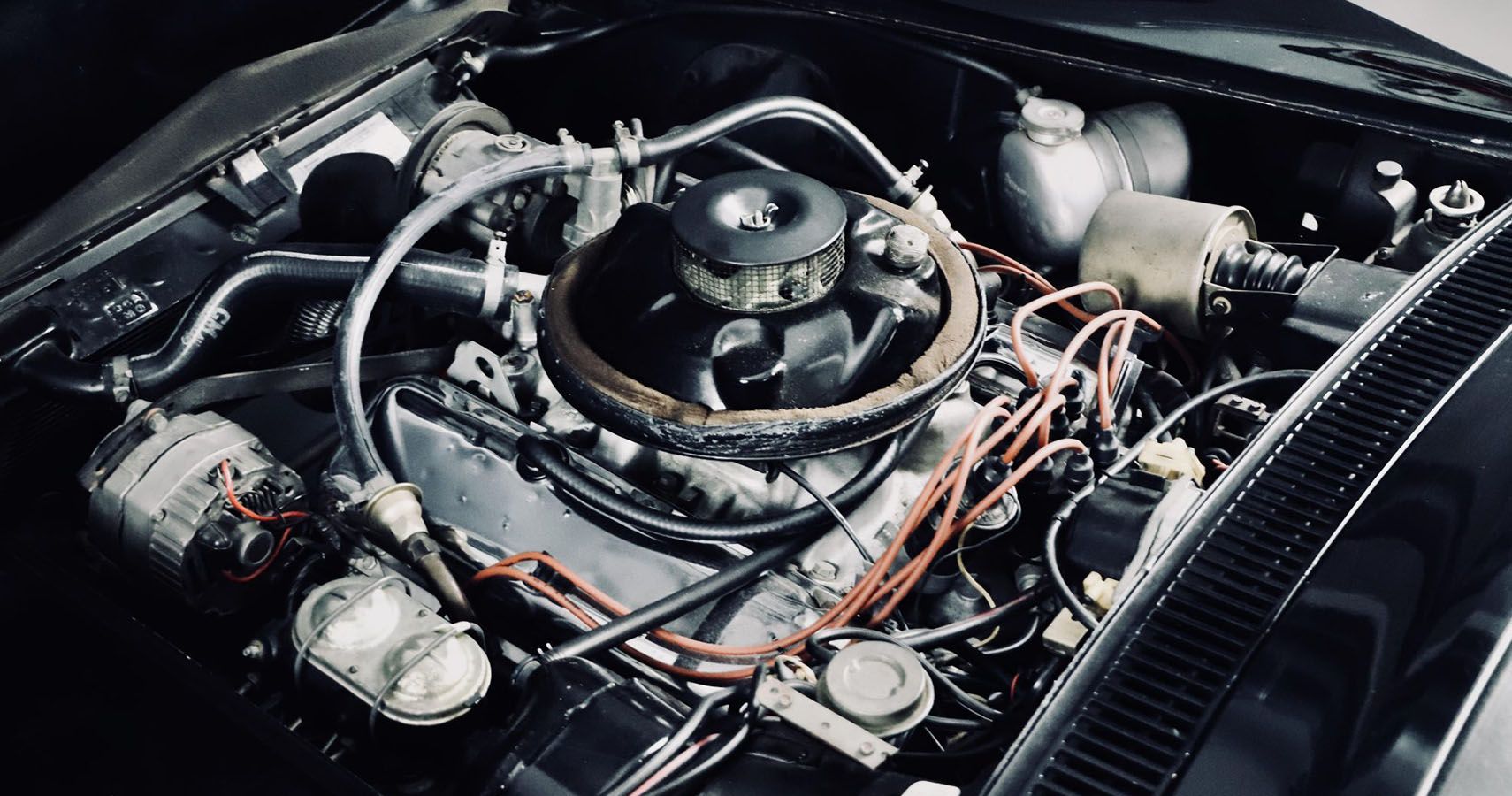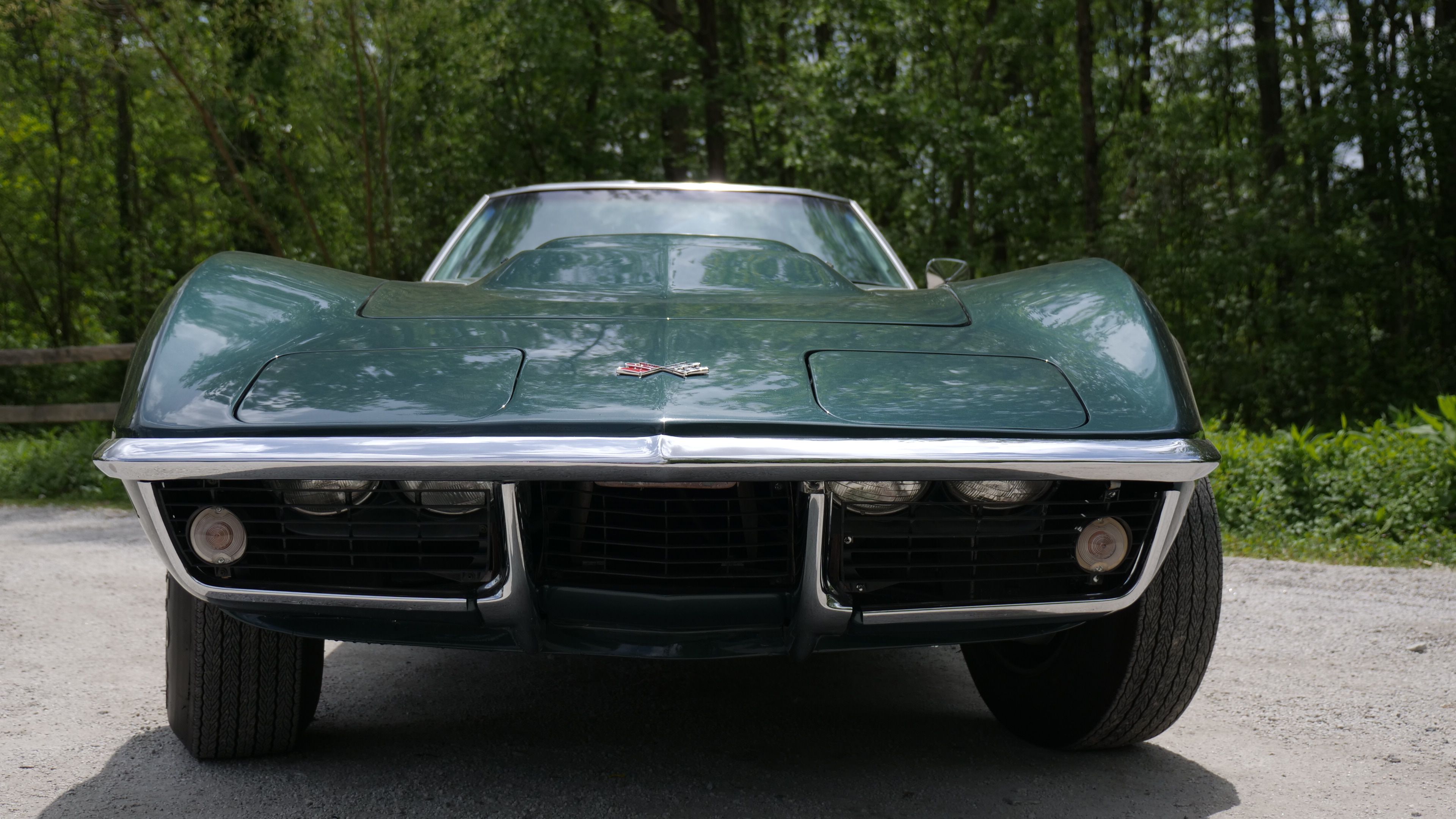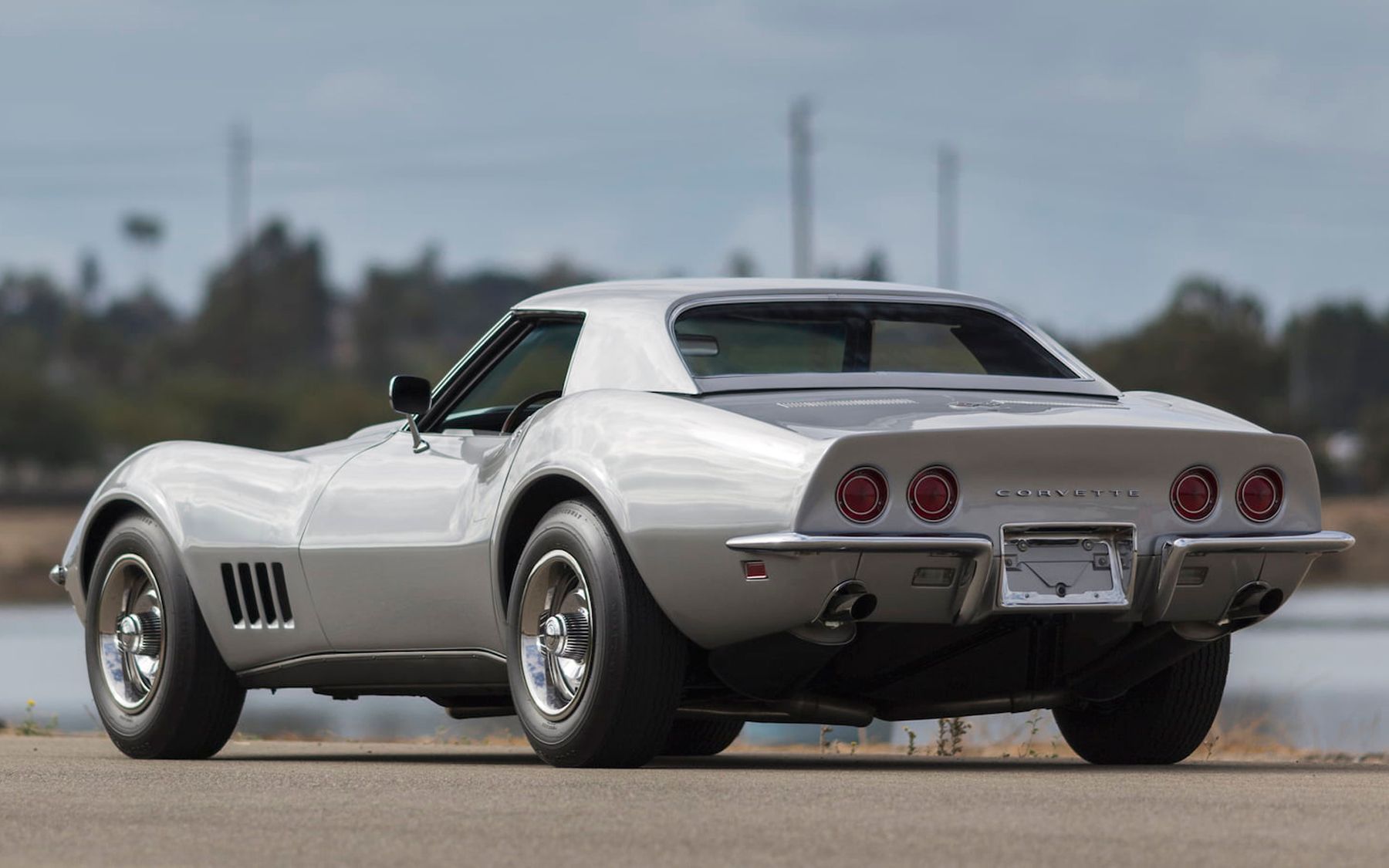It’s no secret that the L88 Corvette is an absolute legend, but the reasons why this super rare Chevy is so special may surprise you.

During the 1960s, the Chevrolet Corvette presented a distinct niche when it came to classification. Although it was technically a sports car, and advertised as such, its big-block engine options and aggressive styling have consequently left many to see these vintage ‘Vettes as muscular machines. Towards the end of the decade, the Corvette would play host to a new breed of technology that aimed to set these cars far above the standard of virtually any other American competitor, which would ultimately evolve into the 1968 Chevrolet Corvette L88.
First introduced for the 1967 model year, the 427-cid L88 Corvette was built almost strictly for racing. Just 20 units were built that first year, however, 1968 saw the advent of a complete redesign of the Corvette and a slightly higher production run for this package, although motorsport was still the primary focus. In fact, General Motors even installed warning stickers on the center consoles that reminded drivers only to use suitable racing fuel instead of conventional gasoline. This was no gimmick, either, as these engines necessitated higher octane for their advanced valve heads and timing. Altogether, the L88 package created a vehicle that was leagues above your typical muscle car of the same vintage, propelling these Corvettes into the status of legend among enthusiasts and collectors. Here are our top 10 reasons for why the 1968 Corvette L88 is such a masterpiece.
10 Racing Pedigree
Chevrolet’s 427-cid L88 V8 has a strong heritage in motorsport. When this engine first debuted in 1967, only 20 Corvettes were built packing this storied and powerful drivetrain. The main reason behind this is that Corvettes equipped with the L88 package were intended to be utilized for racing.
Several of those cars, as well as a strong portion of 1968 models, were used in various forms of racing in their day, and even in the modern world. Although these were primarily successful in road racing, the L88 Corvettes also had an easy time at dominating the drag strip.
9 It’s Highly Elusive
Although it’s nowhere near as rare as the 1967 variant, the 1968 Chevrolet Corvette L88 remains among the rarest of its breed.
For the 1968 model year, a total of only 80 Corvettes equipped with the L88 package were unleashed onto the roads and racetracks of the world. Few of which still survive today, and even fewer are numbers-matching examples due to the rigorous abuse they’d endured.
8 Open Air
One of the many fun factors that are gradually disappearing from modern cars is the simple option of a convertible top. Although the Corvette has always retained this option from its original conception in 1953, others have failed to deliver the joys of a fully open top.
The 1968 L88 is no different, available in both hardtop and convertible platforms. However, most racers tended to prefer the hardtop variants for both the added safety and increased structural integrity.
7 An Advanced Engine For Its Day
The heart of the 1968 L88 Corvette is its specialized 427-cid V8, which is essentially the main facet that derives these cars from lesser Corvettes of the same vintage. Introduced in 1967, the L88 V8 was based upon the same block as the L32 and L72 variants of the 427, but with drastic changes.
Aluminum valve heads were utilized to shave off 70 lbs from the weight of the front end. Reworked internals were also machined, including a forged crankshaft and connecting rods. Although the bore and stroke remained the same as the other 427 versions, the L88 had a beefy, solid lifter camshaft that helped set things in motion. Furthermore, its compression ratio was hopped up to 12.5:1.
6 Underrated Horsepower
With all the serious modifications to the 427-cid powerhouse, Chevrolet still rated the 1968 L88 Corvette at only 430 horsepower. While the L72-powered 427 Corvettes of the same year were rated at 425 ponies, something was clearly amiss.
Altogether, most experts estimate the true output of the 1968 Chevrolet Corvette L88 to be somewhere in the range of 500 horsepower, due to the substantial improvements over the L72. Even so, others suggest its true power figure to be as high as 550.
5 Iconic Design
For the 1968 model year, the Chevrolet Corvette would see a drastic redesign of its fiberglass bodywork. In actuality, the overall design was based on the 1964 Pontiac Banshee concept car, and later adapted to the Opel GT. This same styling would carry over across all versions of the Corvette for many years.
Most of the 1968 L88’s bodywork remained the same, although these cars are directly identified by their distinct bulges on the hood, which were necessary to house the taller intake manifold and carburetor of the L88 engine.
4 Unmistakable Tail-Lights
Until the advent of the Corvette C7, these muscular sports cars housed some of the most identifiable tail lights from virtually any other car in their day, although brands such as Ferrari and even Nissan would later adapt similar styling for their own models over time.
With these distinctive lenses first appearing on the 1961 model, they’ve become a staple of the car’s heritage that resonates even today, although in a much more angular fashion.
3 Blistering Performance
As a purpose-built racing car, the 1968 Corvette L88 was obviously no slouch. With upwards of 500 horses screaming from its 427-cid V8, this power was sent to the rear wheels via the buyer’s choice of either a Muncie M22 four-speed transmission or an M20 Hydramatic.
Other advances included the F41 suspension package, a heavy-duty setup with improved coil springs and dampers. With all the ingredients simmering just right, this allowed for top speeds in excess of 170 mph.
2 An All-Business Interior
While the interior of the 1968 L88 Corvette isn’t nearly as stark or utilitarian as that of a similar Shelby Cobra, it’s still fairly close.
While some offered mild creature comforts like radios, several of these cars lacked anything that would add weight or take power away from the engine. As a result, it wasn’t uncommon for the L88 package to lack a heater core.
1 An Advantage Over Almost Any Other Corvette Owner
One of the many things we notice about Corvette owners is their ability to claim that their cars are rare. Sure, there have been some rare color options and interior packages for some, as well as the obvious pace car editions, but few seem to truly merit the title of rare (especially considering how many Corvettes can be seen on virtually any sunny day).
The 1968 L88, however, represents true rarity. With only 80 of these built, and even less surviving today, this is a highly elusive car that several enthusiasts can go lifetimes without ever seeing in person. Replicas and tribute cars exist, but there’s never any substitute for the real deal.
Sources: General Motors, Hemmings, Hagerty, Chevy Hardcore, GM Authority
-1.jpg)
---Rear.jpg)







